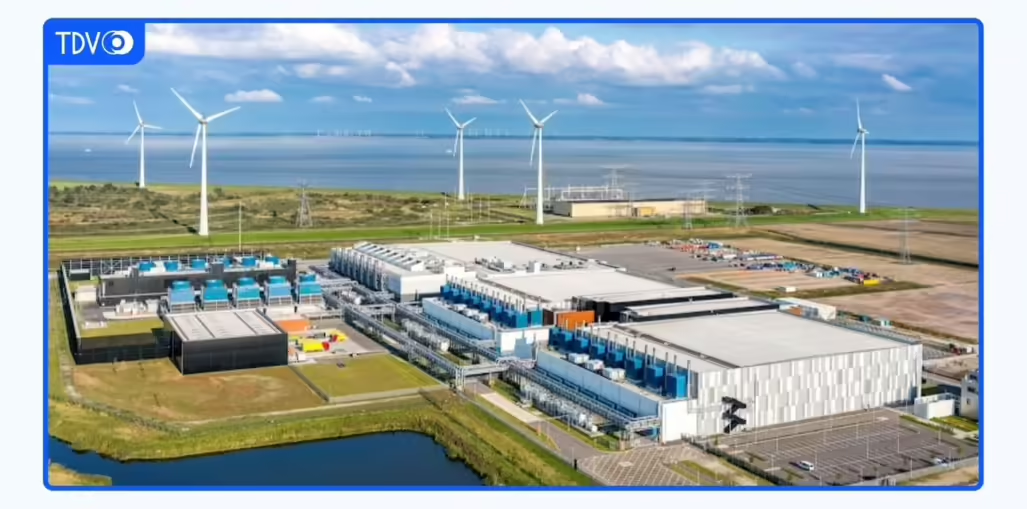From The Deep View, [email protected]
Photo Source: Google
At the heart of what researchers — and civilians, for that matter — want from the AI industry is transparency. Largely, we haven’t gotten it.
Models are locked up, training data comes out only through small leaks to the press and research isn’t shared. A somewhat separate element of this involves information on carbon emissions and energy use; all we know for sure is that, due to massive investments in AI — which requires far more energy to run than straight-up cloud or internet applications — energy use is increasing.
But the details of that remain thin on the ground.
This was one of the first things Dr. Sasha Luccioni — a climate and AI researcher — told me, more than a year ago, when I started looking into the intersection of AI and the climate more closely: “it’s hard to do any kind of meaningful studies on (LLMs) because you don’t know where they’re running, how big they are. You don’t know much about them.”
Here’s what we do know: We know that investments in AI are pushing Big Tech further from their climate goals, because that’s what Big Tech has told us. In 2023, Google’s emissions increased 13% year-over-year to 14.3 million tons of carbon dioxide.
“As we further integrate AI into our products, reducing emissions may be challenging due to increasing energy demands from the greater intensity of AI compute,” Google said.
Microsoft noted a 30% increase in emissions. And both companies noted steadily expanding water consumption as well.
We also know that electricity demand has been surging for the first time in two decades, and it’s due to this universal push for energy-hungry data centers (demand has stayed flat because advances in technology have made us more and more energy efficient. Those advances can no longer keep up).
The above is a point that doesn’t make its way into headlines too often, but was shocking when I first heard it. It bears repeating, loudly, and often.
A recent Bloomberg report found that several Big Tech giants have been reporting numbers that don’t quite add up.
On paper VS. in atmosphere: Several of these companies rely on credits (renewable energy certificates, or RECs) that make carbon emission accounting look a lot better.
RECs are issued by renewable energy providers as a way to track energy sources. But companies can purchase unbundled RECs, which allow them to account for renewable energy without using it — it was thought that doing so would increase renewable generation, which is why it’s allowed.
But plenty of research has found that it doesn’t do this — it instead “encourages companies to buy green energy certificates and claim zero total emissions from electricity use.”
Bloomberg Green’s analysis found that, if companies didn’t count unbundled RECs, Amazon’s 2022 emissions would be 8.5 million tons higher than reported, Microsoft’s would be 3.3 million tons higher than reported and Meta’s would 740,000 tons higher than reported. Google has phased out its use of unbundled RECs.
None of the companies denied the practice, with spokespeople simply saying that they plan to phase out their use of unbundled RECs at some point.
In 2022, researchers found that “the widespread use of RECs … allows companies to report emission reductions that are not real.”

